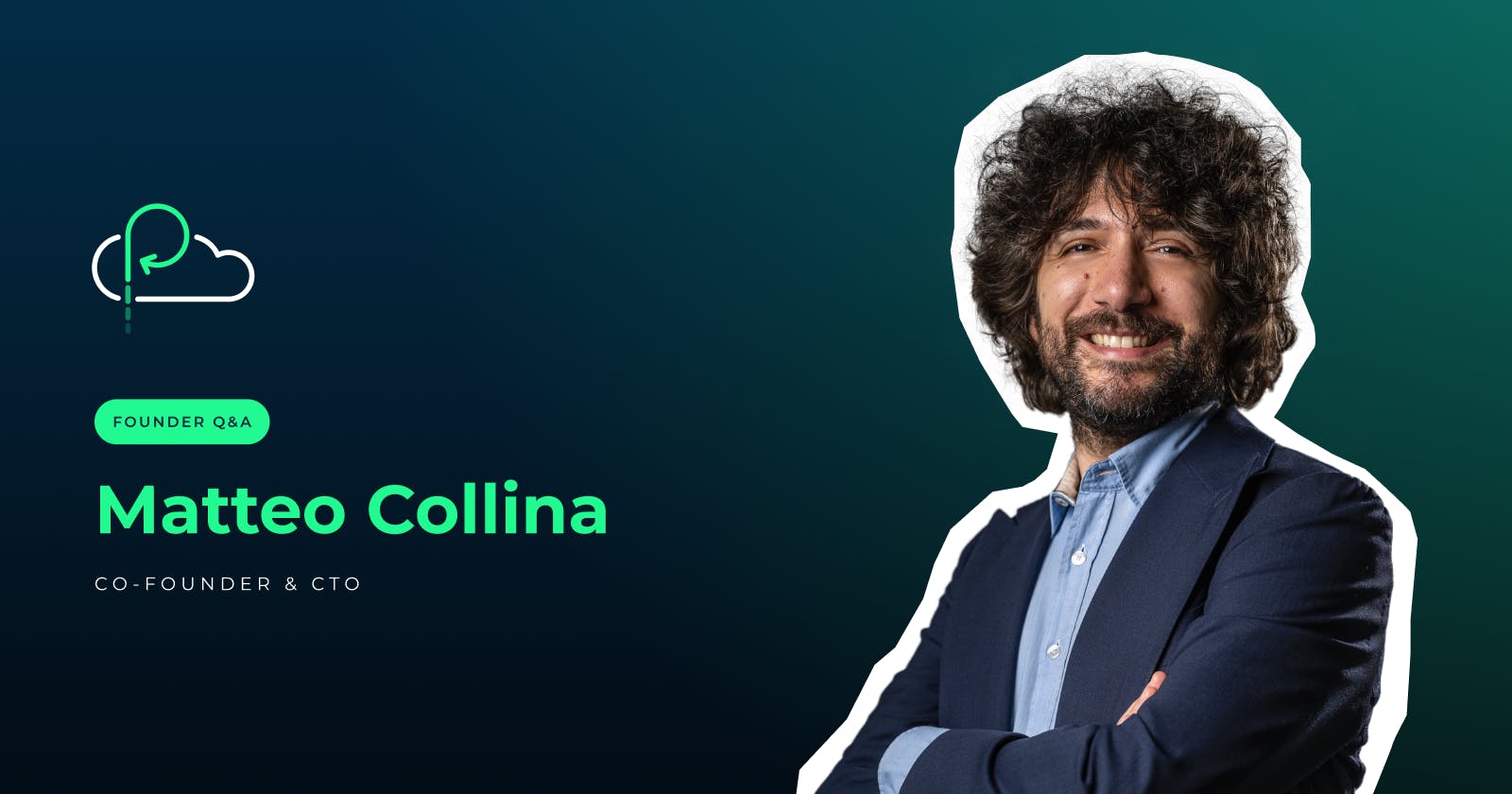In the second instalment of our “Meet the Founder” blog series, we sat down with Platformatic’s co-founder and CTO, Matteo Collina to discuss his background, his motivations for building Platformatic, how years of consulting work and the creation of Fastify led to Platformatic.
Tell us a bit about yourself- how did you get started in the world of software development?
When I was around four years old, my family had a Commodore64 computer in the house. At the time, there were not many games available, so my dad used to buy a magazine that contained the printed list of games. Then, he would sit with me on his lap and copy them into the computer, and then we would play them together. Watching him do this, I remember thinking that my dad had superpowers - I think my admiration and passion for programming started right at that moment.
I then learned programming a few years later, developing small games for my Amiga 600. I can recall my friends and family wanting me to go outside and play ball in the park, but I was too busy inside developing software. I continued on to learn HTML, CSS, JavaScript, C, Bash, PHP, Java, .NET, Ruby, Objective-C and many more languages, until I found my niche on using Node.js- everything then flowed from there.
What is the top career tip you would give to someone starting out in tech?
Tinker! Build something you love and don’t spend too much time worrying about the end result or even about finishing the project. Ultimately, the better you develop, the better you get at developing software. Tinkering is a great way to keep learning new things and trying new techniques- this is the best way to improve.
What drove you to move into the world of entrepreneurship?
In 2019, I lost my dad. Before his passing, he told me a few of the regrets he had in his life. When I became a father a year later, my father’s words really hit home. I realised that now I had significantly more responsibilities, and less time, and yet I still had an enormous regret hanging over my head: I hadn’t started my own company.
Starting a company has always been my goal – back in my days as a Ph.D. candidate, I had participated in a small startup competition which really piqued my interest in entrepreneurship.
Ultimately it took me more than a decade to overcome my imposter syndrome and decide that I was good enough to do this– to me, this represents the story of my rebirth as someone who follows their dreams, and highlights the important changes that every one of us go through in life as we discover what matters to us.
What inspired you to launch Platformatic?
Since I started my professional career, I’ve always been stunned by how much software developers endure to get their job done. Most of the time, the tools we use are, quite frankly, horrible, and make the developer experience truly miserable.
For a few years, I felt that my Open Source work was sufficient to reach enough people – in fact, my software is on most developers' laptops right now.
However, the reality of Open Source funding caught up with me: funding a specific vision is extremely hard. The natural next step was to start a new company with the end goal of revolutionising backend developer experience.
What key takeaways did you gain from your time working in software development consulting with large clients and how did you apply this to Platformatic’s value proposition?
While Agile’s mantra is “individuals and interactions over processes and tools”, in my years as a consultant, I learned that all things are equally important and they sit in a feedback loop. Group thinking helps develop processes, which are enabled by tools. If the tools are not there to support the team, everything will crumble: it’s a feedback loop.
I also learned that the best approach to success in software development is to optimise for bug fixing, not hype. For best results, both in terms of developer experience and end product, use technologies that minimise your maintenance costs rather than the most hyped up technologies, as they may not be the right fit for you just because everyone else is using them.
You created Fastify- how did this start and how did it contribute to the invention of Platformatic?
Fastify started when I realised that the Node.js web framework landscape was starting to stagnate and there wasn’t a solution that would meet my requirements. Fastify now includes a prefix-radix-trie router, integrated validations, an extensible plugin system, and logging (via pino), offering a great developer experience without compromising on performance.
I realised that in order to ship this idea, I would need a lot of help, and I decided I would start developing it once I could convince another developer to join me in this journey. A few months later, I delivered a training course in Bologna, Italy, where I met Tomas della Vedova. At the time, he was only a student– now, he works for Elastic as an Engineering Manager. The rest is history!
Today, the Fastify project adheres to the principles of Open Governance and Open Source and is a truly community-built project. It’s part of the OpenJS Foundation and it is active on GitHub with many releases and contributions happening every week across the GitHub organization (https://github.com/fastify). It is one of the fastest growing frameworks for Node.js: the download numbers more than doubled in 2022.
Platformatic builds upon the technical foundations of Fastify, creating a “batteries-included” developer experience for building APIs (REST/OpenAPI or GraphQL). Platformatic includes all the experience in developing and scaling Node.js applications that we accumulated over the past 10 years.

